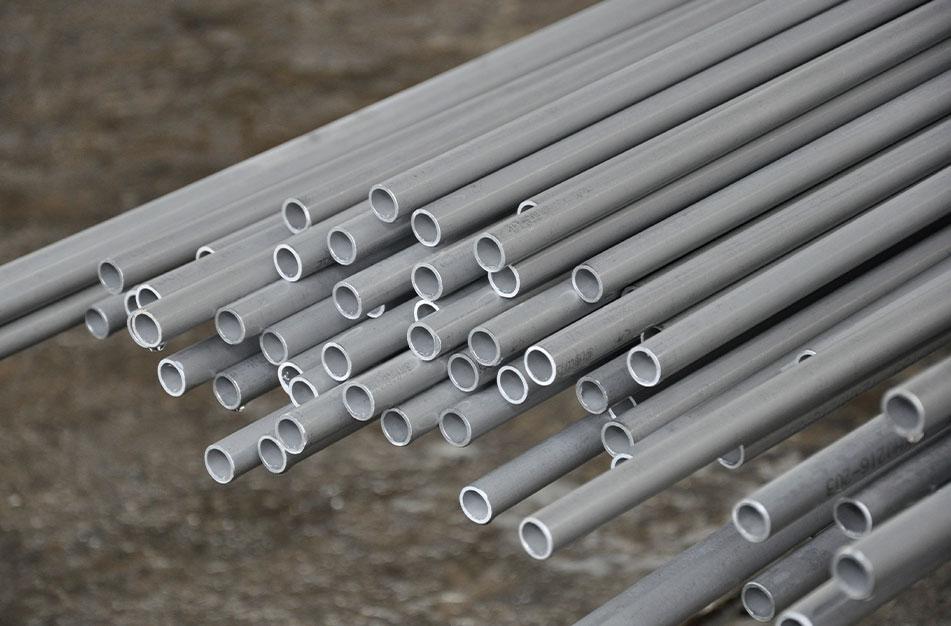Duplex steel, an alloy that combines both austenitic and ferritic structures, is renowned for its excellent mechanical properties and corrosion resistance. Continuous suspension tubing made from duplex steel has gained significant attention in various industries due to its robustness and versatility. This article explores the properties, applications, and manufacturing processes of duplex steel continuous suspension tubing.
Properties of Duplex Steel
-
Corrosion Resistance: Duplex steel exhibits superior resistance to pitting, crevice corrosion, and stress corrosion cracking. This makes it ideal for use in harsh environments, particularly in the oil and gas industry.
-
High Strength: With a higher strength-to-weight ratio than many traditional materials, duplex steel allows for thinner wall designs, reducing material costs and weight without sacrificing performance.
-
Good Weldability: Duplex steels can be welded effectively, making them suitable for various fabrication processes. Proper welding techniques ensure that the material retains its properties after fabrication.
-
Thermal Stability: Duplex steel maintains its mechanical properties even at elevated temperatures, making it suitable for applications that experience thermal cycling.
Applications of Duplex Steel Continuous Suspension Tubing
-
Oil and Gas Industry: Duplex steel tubing is commonly used in subsea applications, flowlines, and risers due to its resistance to corrosion and ability to handle high-pressure conditions.
-
Chemical Processing: The tubing is used in chemical processing plants where exposure to aggressive chemicals is common. Its durability ensures a longer lifespan for piping systems.
-
Marine Applications: The marine industry utilizes duplex steel tubing for offshore platforms and vessels, where corrosion from seawater can be a significant concern.
-
Power Generation: Duplex steel is also employed in power plants, particularly in areas where steam and water contact occurs, to enhance efficiency and reduce maintenance costs.
-
Construction and Infrastructure: The strength and corrosion resistance of duplex steel make it an excellent choice for structural components in buildings and bridges.
Manufacturing Process of Duplex Steel Continuous Suspension Tubing
-
Material Selection: The first step involves selecting the appropriate grade of duplex steel, typically chosen based on the intended application and environmental conditions.
-
Forming: The steel is formed into tubing through processes such as extrusion or rolling. This stage may involve heating to improve ductility and facilitate shaping.
-
Welding: If required, the tubing sections are welded together using techniques suitable for duplex steel, such as TIG or MIG welding. Ensuring minimal heat input during welding helps maintain the desired microstructure.
-
Heat Treatment: Post-welding, the tubing may undergo heat treatment to relieve stresses and enhance mechanical properties. This step is crucial for maintaining the balance between austenite and ferrite phases.
-
Finishing: The final stage includes surface treatment processes, such as pickling or passivation, to remove oxides and enhance corrosion resistance.
-
Quality Control: Rigorous testing and inspection methods, including non-destructive testing (NDT), ensure the tubing meets industry standards and specifications.
Duplex steel continuous suspension tubing is a critical component in many industries due to its unique properties, including corrosion resistance, high strength, and weldability. As industries continue to demand more robust materials, duplex steel will likely play an increasingly important role in future applications, particularly in environments where traditional materials may falter. With advancements in manufacturing processes, the efficiency and performance of duplex steel tubing are expected to improve, further solidifying its position in the market.

